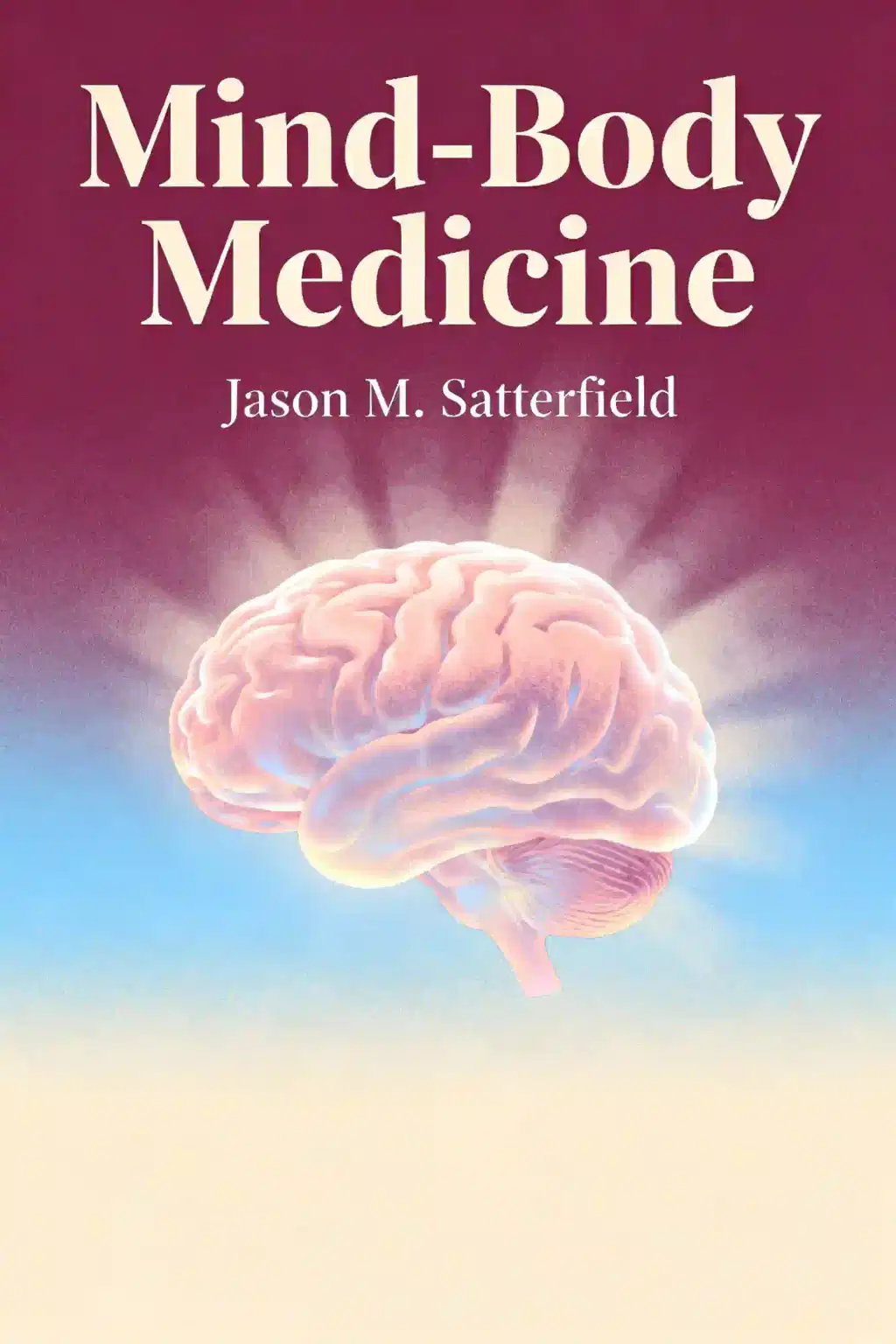What is Back Mechanic by Stuart McGill about?
Back Mechanic is a self-assessment guide that helps readers identify the specific cause of their back pain and provides a step-by-step plan to eliminate it. Dr. Stuart McGill uses 30 years of spine biomechanics research to guide readers through identifying pain triggers, learning proper movement patterns, and building a resilient spine through targeted exercises. The book covers conditions like disc bulges, stenosis, herniated discs, and muscle strains with an evidence-based approach rather than generic solutions.
Who is Dr. Stuart McGill and why is he qualified to write Back Mechanic?
Dr. Stuart McGill is a distinguished Professor Emeritus of spine biomechanics at the University of Waterloo and one of the world's leading experts on back pain. He has published over 200 peer-reviewed scientific papers and conducted award-winning research on spine function and injury prevention. McGill has worked with elite athletes, UFC fighters, military personnel, and thousands of back pain patients to develop his evidence-based approach to spine health.
Who should read Back Mechanic by Stuart McGill?
Back Mechanic is essential for anyone suffering from low back pain, whether chronic or acute, as well as coaches, clinicians, and fitness professionals working with back pain patients. The book benefits individuals with disc bulges, stenosis, spondylolisthesis, sciatica, or general back discomfort who want to take control of their recovery. Athletes, powerlifters, CrossFit competitors, and anyone seeking to prevent future back injuries will find the spine biomechanics principles invaluable.
Is Back Mechanic by Stuart McGill worth reading?
Back Mechanic is widely considered the most comprehensive and practical book on back pain available, backed by decades of scientific research. Unlike other back pain books that offer generic stretching advice, it provides a personalized assessment system to identify your specific pain mechanism and match it with the right solutions. Thousands of people, including elite athletes and chronic pain sufferers, have successfully eliminated their back pain using the McGill Method outlined in this 166-page illustrated guide.
What are the Big 3 exercises in Back Mechanic?
The Big 3 exercises are Dr. Stuart McGill's foundational core stability movements: the McGill curl-up, the bird dog, and the side plank. These exercises are specifically designed to build spine stiffness and endurance without aggravating back pain, unlike traditional exercises like sit-ups or crunches. The Big 3 form the non-negotiable foundation of the McGill Method and have helped hundreds of people reduce or resolve back pain without surgery.
What is the McGill Method for fixing back pain?
The McGill Method is a systematic approach that starts with identifying your specific pain triggers through self-assessment tests, then eliminating those triggers through proper movement patterns called "spine hygiene". After removing pain causes, the method progressively builds back resilience using the Big 3 core exercises, walking programs, and hip restoration techniques. This evidence-based system avoids generic solutions and instead matches each person's unique pain mechanism with the appropriate corrective strategy.
How does Back Mechanic help you identify your pain triggers?
Back Mechanic guides readers through a series of specific movement tests and assessments to determine whether pain is disc-related, movement-based, mechanical, or caused by other factors. The self-assessment section teaches you to observe which positions, movements, or activities aggravate your symptoms and which provide relief. By understanding your personal pain triggers, you can then avoid roadblocks to recovery and apply the correct techniques rather than worsening your condition with inappropriate exercises.
What is spine hygiene according to Stuart McGill in Back Mechanic?
Spine hygiene refers to movement patterns and daily habits that protect your spine from pain and injury throughout everyday activities. Back Mechanic teaches readers how to properly bend, lift, sit, stand, get out of bed, do laundry, and perform other routine tasks without triggering back pain. These biomechanically sound movement techniques remove damaging forces from the spine, allowing healing to occur while maintaining normal activity levels.
What back conditions does Back Mechanic address?
Back Mechanic provides specific strategies for disc bulges, herniated discs, stenosis, spondylolisthesis, sciatica, muscle strains, kyphosis, and scoliosis. The book includes a dedicated section with special exercises for various conditions and body types, including programs for overweight individuals and those with leg pain. Rather than claiming to cure all conditions identically, McGill explains the biomechanics of each problem and provides targeted solutions based on your specific diagnosis.
Is there a video-enhanced version of Back Mechanic available?
Yes, the Video Enhanced Back Mechanic package includes the physical book plus over 100 minutes of streaming video demonstrations narrated by Dr. McGill himself. The videos bring the book's concepts, assessments, movements, and exercises to life with proper technique demonstrations and troubleshooting guidance. This enhanced version provides one year of video access and helps readers implement the spine hygiene strategies and exercises with greater confidence and precision.
What makes Back Mechanic different from other back pain books?
Back Mechanic is uniquely research-based and biomechanically sound, drawing from Dr. McGill's 30 years of published scientific studies rather than anecdotal evidence. Unlike cookie-cutter approaches that prescribe the same stretches to everyone, it teaches readers to identify their specific pain mechanism and apply personalized solutions. No other book combines this level of scientific expertise with practical self-assessment tools and step-by-step rehabilitation programs from such an accomplished spine biomechanics authority.
How long does it take to see results with the Back Mechanic program?
Recovery timelines vary based on individual pain mechanisms, injury severity, and adherence to the program, but many readers report significant improvements within weeks of identifying triggers and implementing spine hygiene. The McGill Method emphasizes that back pain recovery is a journey and process, not a quick fix, requiring consistent application of principles and progressive exercise building. Some athletes have returned to competition within months after previously believing pain-free performance was impossible.














